BOLOGNA, Italy/FORT LEE, N.J., US: Dental patients who show a deficiency of bone volume cannot be treated with root-form dental implants. Thus, new treatment modalities were sought for these patients. One of the therapies considered was the placement of zygomatic implants, which were introduced to the market over 20 years ago. A recent study has investigated a novel protocol for the placement of zygomatic implants using a specific surgical guide.
The protocol relied on large field of view CT/CBCT scan for an accurate assessment of the maxillary arch to plan zygomatic implant receptor sites. A CT/CBCT-derived surgical guide of a novel design and an exact replica of the entire maxilla and zygomatic bone were fabricated using 3-D printing technology. Four patients with completely edentulous maxillary arches received a total of ten zygomatic implants.
To evaluate whether the actual surgical placement of the zygomatic implants matched the computerised planning and simulation, the preoperative positions were compared with the postoperative positions by merging the pre- and postoperative scan data sets. The degree of accuracy of the superimposition was measured utilising sophisticated software. Apical, coronal and angular deviations were determined for each implant. Deviations from the computerised project to the actual implant positions ranged from 2 mm to 3 mm, and angular deviations ranged between 1.88° and 4.55°.
The study found that the placement of zygomatic implants requires surgical experience owing to the close proximity of vital anatomical structures. It used methods of superimposition that illustrated satisfactory correspondence between inserted implants and the virtual plan. No adjacent vital anatomical structures were damaged. The novel surgical guide design afforded the surgeon visual control of the drilling protocol. Positioning the guide in close proximity to the entry point of the zygomatic body aided control of the drills up to the vicinity of the exit point, significantly limiting problems associated with angular deviation.
The researchers concluded, “Reducing errors and complications is essential for zygomatic implants to remain a viable treatment alternative, and further research on a guided approach to their placement is encouraged.”
The study, titled “Computer-guided approach for placement of zygomatic implants: Novel protocol and surgical guide”, was published in the June 2019 issue of Compendium.
Guided surgery has been around for a long time. However, very few dentists in the UK place implants using surgical guides. The reasons for this are ...
When a patient presents to your dental practice with questionable and/or non-restorable teeth requiring full-mouth extractions, the greatest concern is ...
Proper 3D implant positioning is a crucial factor for predictable implant and prosthodontic treatment. Guided osteotomy preparation and placing implants ...
The procedure of implantation is becoming an increasingly popular method for replacing teeth. The critical factor in the achievement of a therapeutic and ...
The objective of this review was to evaluate the scientific evidence on accuracy, as well as esthetic and clinical outcomes of single-tooth implants placed ...
RIYADH, Saudi Arabia: With more people opting for implants, dental practitioners are seeing an increase in difficult cases of implantation, such as ...
FORT WORTH, Texas, U.S.: Owing to the growing popularity of point-of-care 3D printing and the subsequent creation of 3D-printing laboratories, a recent ...
When a patient presents to your dental practice with questionable and/or non-restorable teeth requiring full-mouth extractions, the greatest concern is ...
A 62-year-old male patient was referred to my practice for implant planning and treatment in the maxillary anterior region. The teeth in the maxillary ...
The method of simultaneous placement of zygomatic implants combined with a Le Fort I osteotomy represents a valuable solution for patients with severe ...
Live webinar
Mon. 12 January 2026
9:00 am EST (New York)
Prof. Judith Jones D.D.S; M.P.H., Prof. Kakuhiro Fukai D.D.S., Ph.D, Dr. Bathsheba (Bethy) Turton
Live webinar
Wed. 14 January 2026
12:00 pm EST (New York)
Dr. Théo Laplane, Dr. Robert Gottlander DDS
Live webinar
Fri. 16 January 2026
12:00 pm EST (New York)
Live webinar
Mon. 19 January 2026
1:00 pm EST (New York)
Philipp Kopp, Michael Seeber
Live webinar
Thu. 22 January 2026
2:00 pm EST (New York)
Dr. Nicola M. Grande DDS, PhD
Live webinar
Wed. 28 January 2026
8:00 am EST (New York)
Live webinar
Wed. 28 January 2026
11:00 am EST (New York)
Prof. Dr. Jan-Frederik Güth



 Austria / Österreich
Austria / Österreich
 Bosnia and Herzegovina / Босна и Херцеговина
Bosnia and Herzegovina / Босна и Херцеговина
 Bulgaria / България
Bulgaria / България
 Croatia / Hrvatska
Croatia / Hrvatska
 Czech Republic & Slovakia / Česká republika & Slovensko
Czech Republic & Slovakia / Česká republika & Slovensko
 France / France
France / France
 Germany / Deutschland
Germany / Deutschland
 Greece / ΕΛΛΑΔΑ
Greece / ΕΛΛΑΔΑ
 Hungary / Hungary
Hungary / Hungary
 Italy / Italia
Italy / Italia
 Netherlands / Nederland
Netherlands / Nederland
 Nordic / Nordic
Nordic / Nordic
 Poland / Polska
Poland / Polska
 Portugal / Portugal
Portugal / Portugal
 Romania & Moldova / România & Moldova
Romania & Moldova / România & Moldova
 Slovenia / Slovenija
Slovenia / Slovenija
 Serbia & Montenegro / Србија и Црна Гора
Serbia & Montenegro / Србија и Црна Гора
 Spain / España
Spain / España
 Switzerland / Schweiz
Switzerland / Schweiz
 Turkey / Türkiye
Turkey / Türkiye
 UK & Ireland / UK & Ireland
UK & Ireland / UK & Ireland
 Brazil / Brasil
Brazil / Brasil
 Canada / Canada
Canada / Canada
 Latin America / Latinoamérica
Latin America / Latinoamérica
 USA / USA
USA / USA
 China / 中国
China / 中国
 India / भारत गणराज्य
India / भारत गणराज्य
 Pakistan / Pākistān
Pakistan / Pākistān
 Vietnam / Việt Nam
Vietnam / Việt Nam
 ASEAN / ASEAN
ASEAN / ASEAN
 Israel / מְדִינַת יִשְׂרָאֵל
Israel / מְדִינַת יִשְׂרָאֵל
 Algeria, Morocco & Tunisia / الجزائر والمغرب وتونس
Algeria, Morocco & Tunisia / الجزائر والمغرب وتونس
 Middle East / Middle East
Middle East / Middle East
























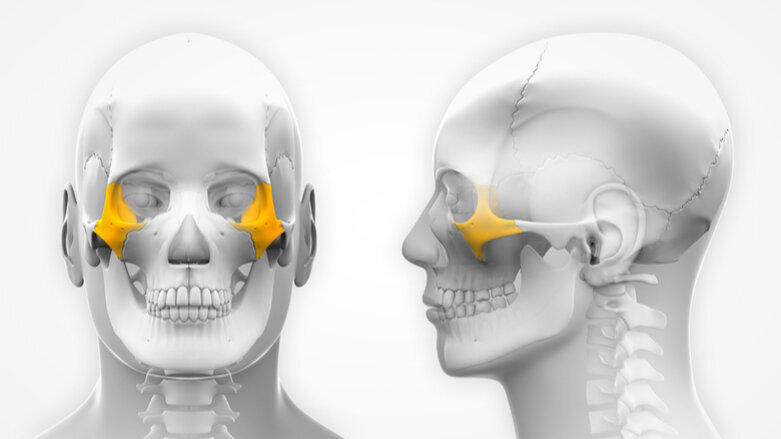



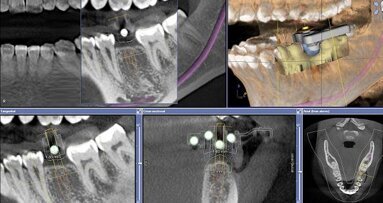
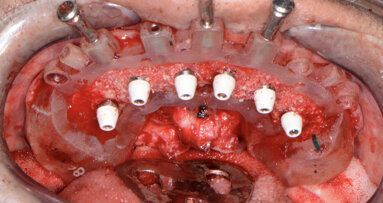
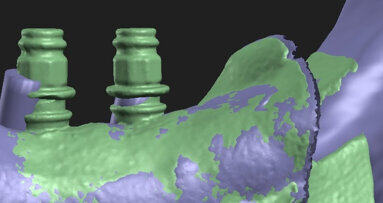
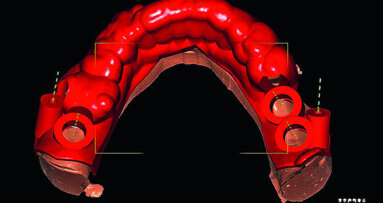
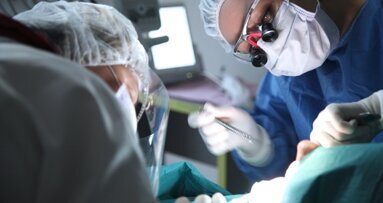
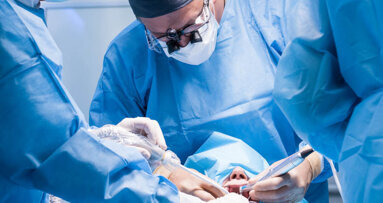
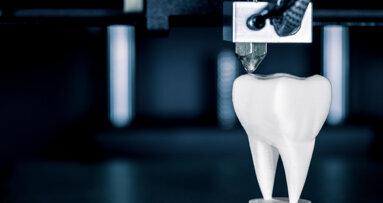
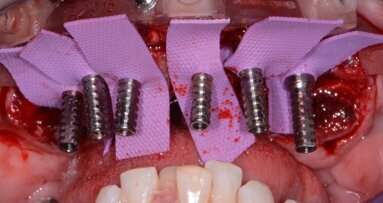
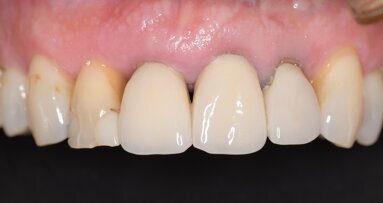
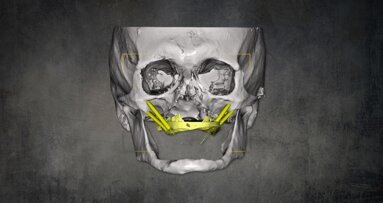










To post a reply please login or register